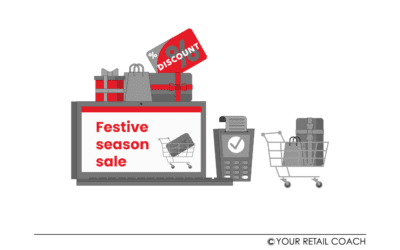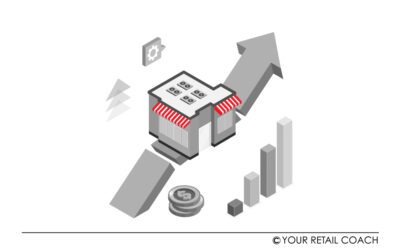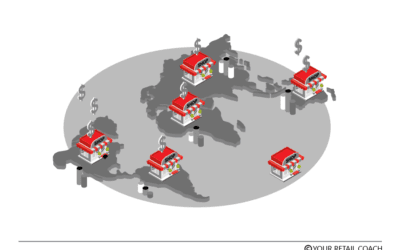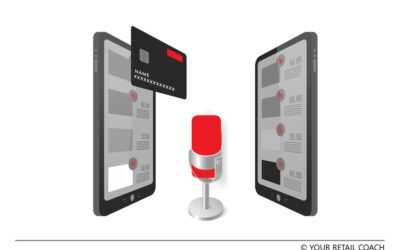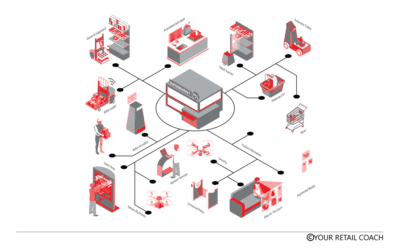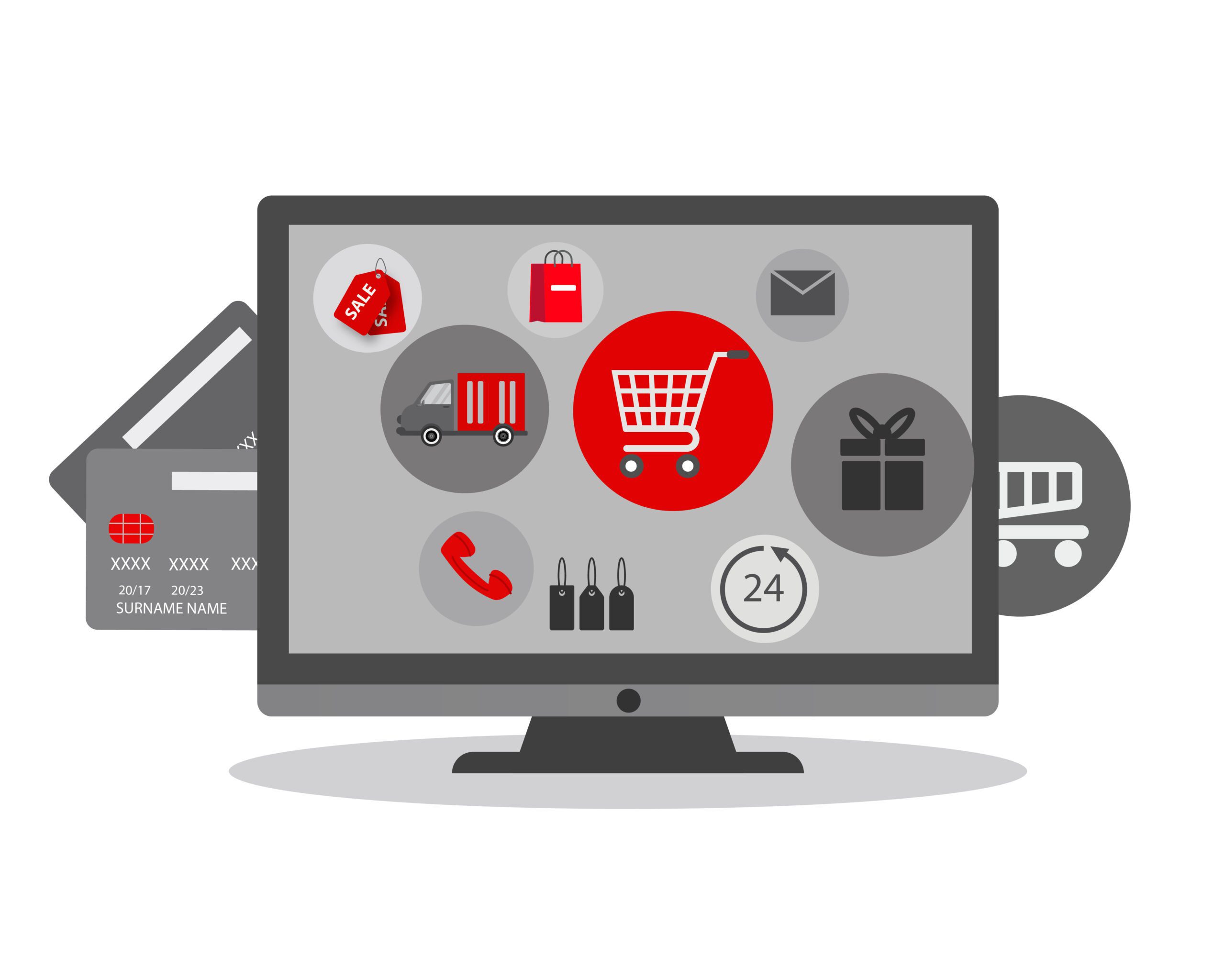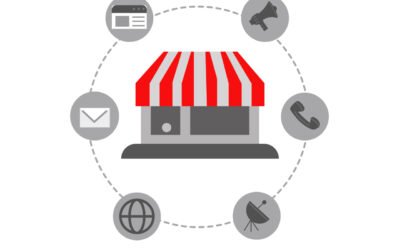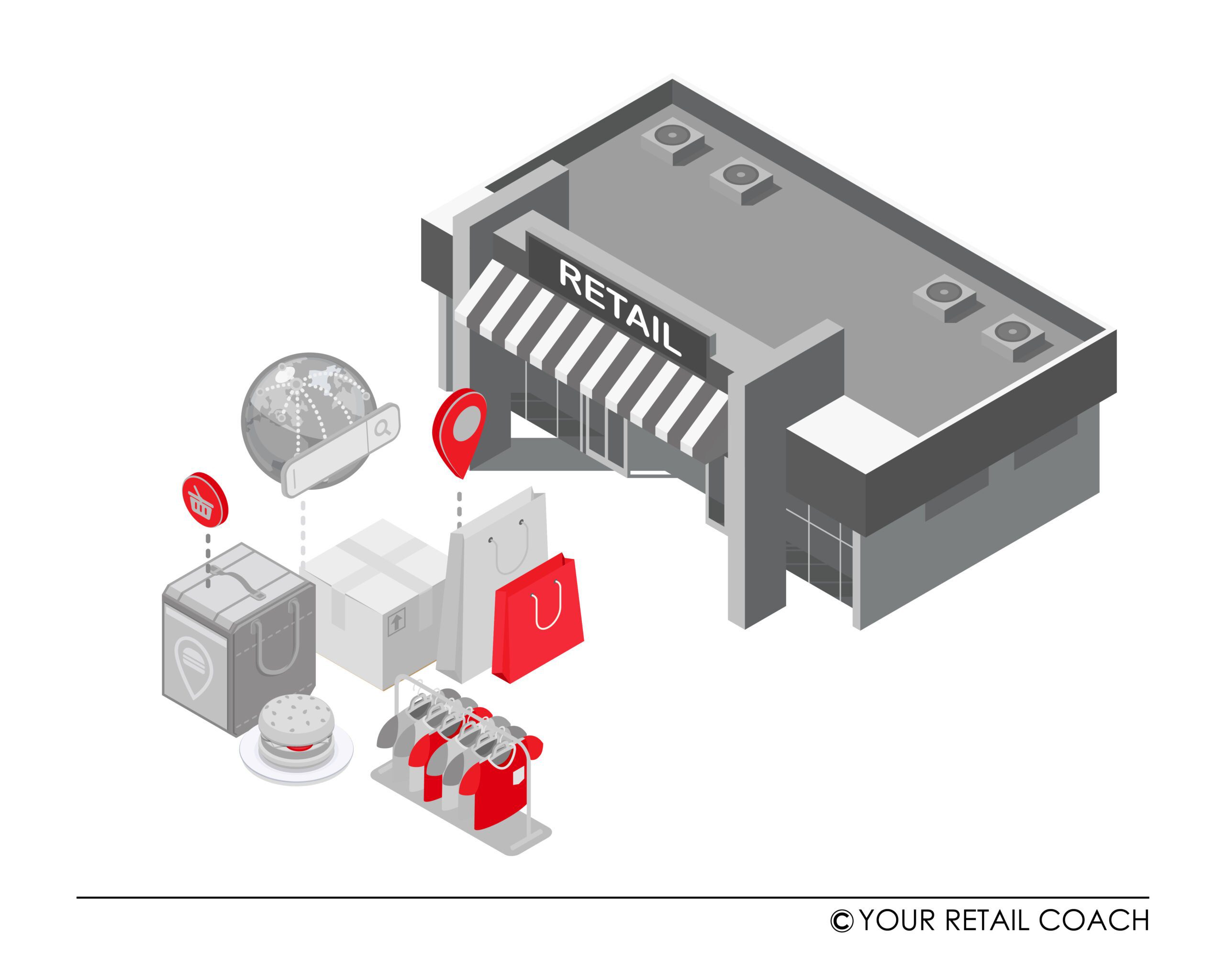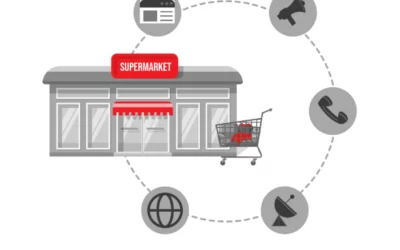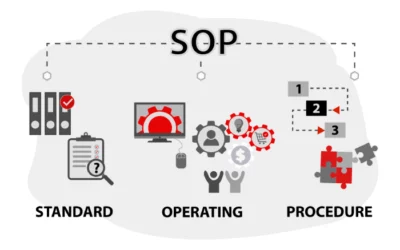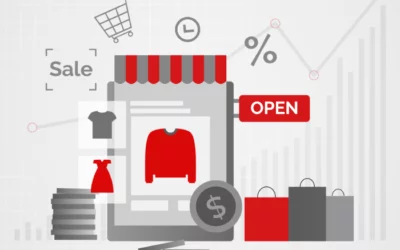Welcome to YRC Retail Blog
Retail & E-commerce Blog TopicsMaking the most out of the festive season shopping: A Customer Perspective for Retailers
Decoding the Festive Shopping Spree For us, as customers, the festive season is a licence to spend. The vibes of festivity ushers with joy and a sense of celebration. This elevated mood often turns into an enhanced willingness to spend and indulge in shopping. It is a...
Mitigating Business Risks in Retail
Spotting the Swirls Sailing the stream of retail is canopying between opportunities on the surface and risks as the current of that stream. If the bad swirls are not spotted in advance, it can turn things undesirable. While big brands grapple with issues like lapses...
How Retailers are Enhancing Customer Experience (CX) with Hyper-Localisation
Hyper-localisation is an alignment strategy that helps retail brands and businesses mould into the requirements of a locality-based market environment. Marketing-wise, it helps retailers tailor their value propositions to cover the needs and expectations of highly...
Do This for a Successful Franchise Business: 7 Parameters to Evaluate Before Buying a Franchise
Welcome to the fascinating and lucrative world of franchising, where there are no limit for opportunities to the entrepreneurs, looking to invest in established businesses. Did you know that franchising is a significant contributor to the global economy and according...
Voice Commerce in Retail and ECommerce
Abracadabra Today, even 5-year-olds know how to search on Google or YouTube using the voice feature enabled on smartphones. All they need is an unlocked smartphone connected to the internet. Measured today, maybe the adults will lag in statistics on this. However, the...
Impact of AI on the Retail Industry
Artificial Intelligence (AI) is a term we have known for a long time. However, this word has been buzzing more often than ever. The word immediately brings the image of an elegant glass robot to our minds. We also know that such conceptions are insufficient to...
Tips to Build Your E-Commerce Website
Tips to Build Your E-Commerce Website Nowadays, just about everything we do is online, including shopping. eCommerce is booming now more than ever before. A well-designed e-commerce site gives you the opportunity to build your brand, connect with more customers, and...
What is Omnichannel Retailing
What is Omnichannel Retailing In today's world, online and offline shopping are no longer separate experiences. The retail consumer now prefers to make purchases digitally, in-store, and through mobile apps equally. To put it another way, they want the freedom to shop...
08 Reasons Why Retail Businesses Fail?
08 Reasons Why Retail Businesses Fail? The failure rate of new businesses is approximately 20% the first two years, 46% the first five years, and 33% the first ten years. The majority of retail businesses begin well, but often veer off course somewhere along the way....
How Can Supermarket Go Omnichannel? | Omnichannel for Supermarket
How Can Supermarket Go Omnichannel? Omnichannel for Supermarket Nearly 3,000 adults responded to a recent survey stating that technology have made them impatient in shopping now than they were three years ago and that they will be even more so in the future. How do...
Implementing SOPs | How to Implement SOP |Standard Operating Procedures
Implementing SOPs | How to Implement SOP |Standard Operating Procedures The world is undergoing a seismic shift. Every day, markets become more volatile, businesses face more challenges, and organizations become more competitive. As a result, organizations need to...
How Is E-Commerce Affecting Retailing? | E-Commerce Or Retail?
How Is E-Commerce Affecting Retailing? | E-Commerce Or Retail? The world of shopping, which was only meant to take place in physical stores a few years ago, has taken on an entirely different form with the advent of technology. Retail shops are either already online...


